Traditional Spring Musical Modified to Follow CDC Guidelines
Because of new CDC guidelines for participation in Fine Arts productions, some classes are forced to alter both the previous procedural ideas that they utilized, but the environment of the class they teach. As theater classes face the decision of revising the traditional spring musical, other arts and music classes must change the appearance of their traditions. In addition, teachers are learning to adapt to technology in a creative setting, abide by the CDC guidelines, and keep the class alive with enthusiasm as they teach to a laptop screen.
Theater teacher Tina Domino describes the plans to cancel the musical and replace it with a showcase performed by theater students. While the theater department is still unsure about details, they explain that they do it “not really to limit, [but] to protect” students, audience, and staff members.
“It’s simply not safe,” Domino said. “What we’re expecting this year are scenes from shows, solos, or group scenes and have videos sent in. It’s not going to be like a full-on performance, and it’s not really to limit, it’s to protect. Because there are so many components that go into a musical – not only the singing and the vocal training … that’s a little bit dangerous now with the current situation.”
However, the idea of a showcase is still in the works as they decide whether or not it is safe to perform to an audience in person.
“The district is going to get back to us on if we can have an audience and what the guidelines will look like for an audience,” Domino said. “Ideally, we would perform it live for their families, [but] hopefully we can open it up to a certain percentage of friends. We would definitely do that, but as far as competition and experience and training, that will all be filmed.”
After hearing the new plan, theater students are excited to introduce new diversity and experience into the drama department.
“As long as we keep compliant with the COVID precautions, having a showcase will be a great way to show Klein how diverse the theater department is,” Senior Maddie Dean, a member of the drama department said. “We would be able to perform to some amazing numbers from shows that we may not have [previously] had a full cast for or [the shows themselves are too] mature for our range. Not having a fall show was devastating, but I’m thankful that the directors considered everyone’s help and safety. Taking time to adapt to the circumstances will get us back in no time.”
Other fine arts instructors, such as technical theater teacher James Bradshaw and choir teacher Heather Sharp described the difficulties of teaching a class in which the environment and culture of the classes are mostly based on human contact and unity.
“There are some challenges where we would normally be on stage and we would be handling all of the tools and sharing all of the tools, but that’s just a bad idea,” Bradshaw said. “We’re all in the classroom and there’s plenty of things we can study and learn in the classroom. But there are some hands-on things that, without going into the seat shop and actually using the equipment, that we will not really get to learn, so that’s a bit frustrating.”
Additionally, Sharp portrays that the procedural changes are not the main issue in her classroom, but rather the setting and emotions of the students she teaches.
“I think that the things that weigh heavier on us are the cultural changes, that kind of environment and the mood of the room because of all of these procedures,” Sharp said. “That’s what we’re really putting our energy into, fighting through, and finding a new way through it.”
While some students are averse to the new technology and routines, theater students such as Lauren Livingood see the positive to the video chats and new software programs.
“I enjoy the implementation of technology into the art of acting, but I don’t enjoy not being able to act on stage in front of a live audience,” Livingood said.
Through the negatives and the positives of the current situation in the classroom, Sharp reminds students involved in fine arts classes to stay positive and continue pushing through in the activity you love doing.
“The thing we find as teachers, just so encouraging, is the tenacity and the determination that we’re seeing from kids,” Sharp said. “Even though they know that the end result may not feel the same for us. I think, staying dedicated to your art, staying dedicated to the things that inspire you through this time will just serve you so well through the rest of your lives. And there will be a day where there will be gallery openings and there will be concerts and all those things again, so we’re just waiting for that day.”


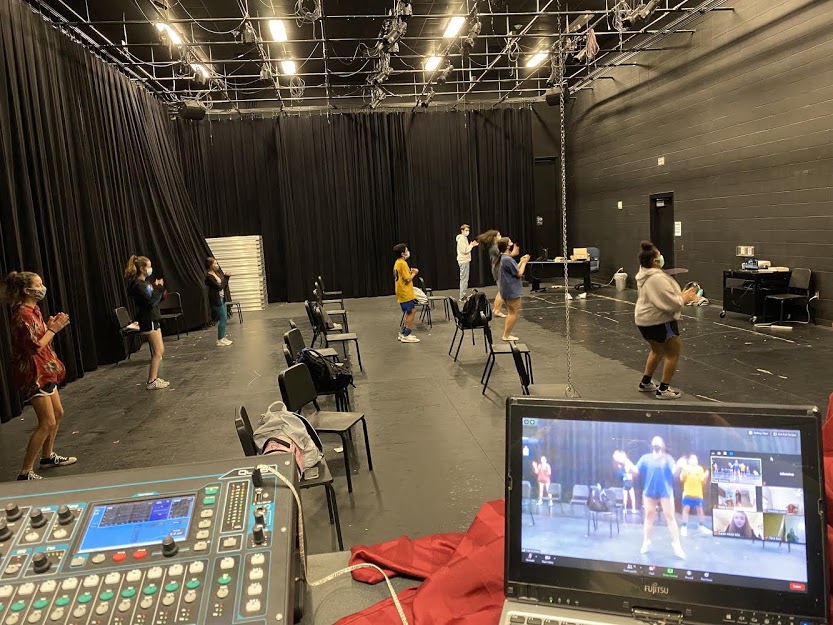

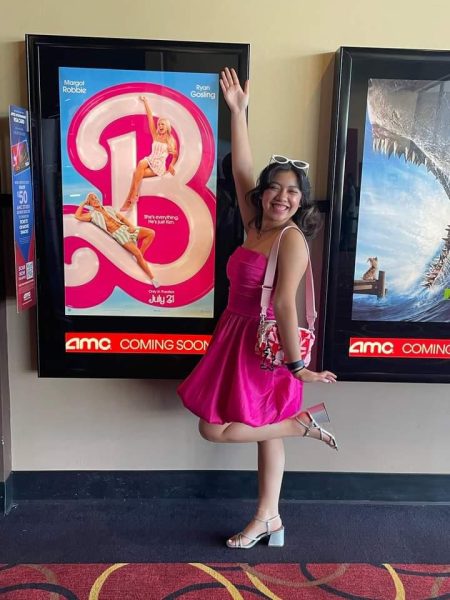
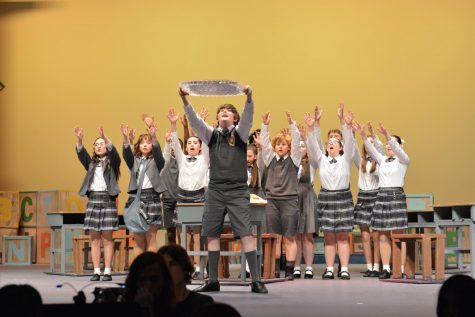
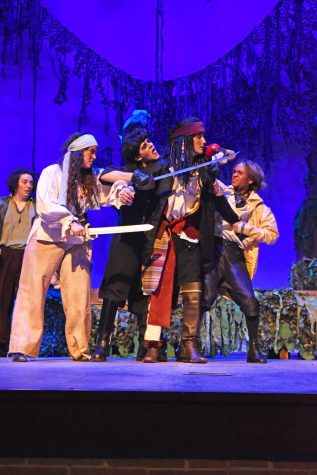

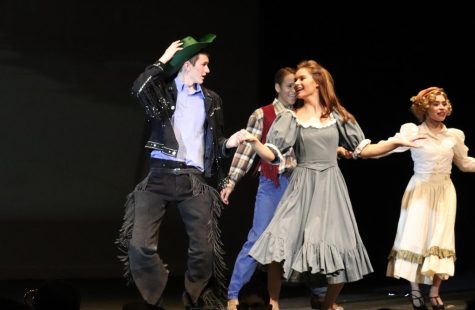
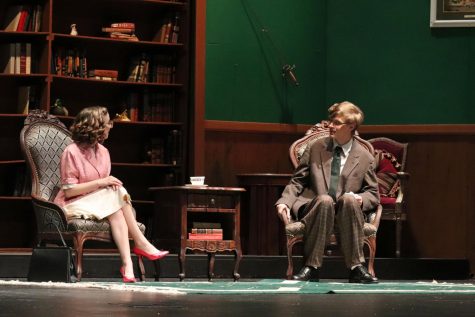
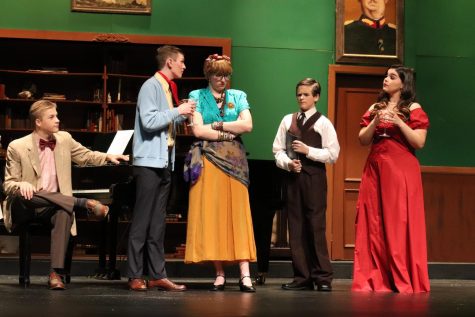
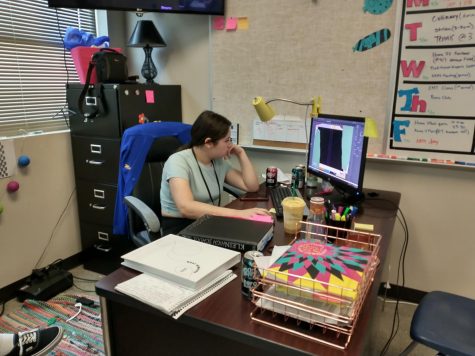

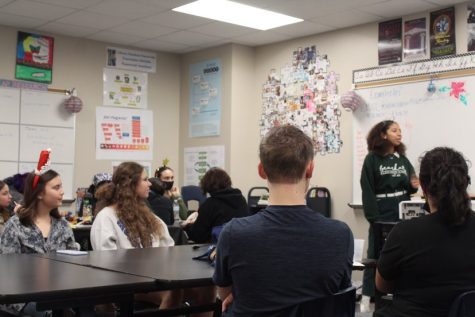

sarah • Nov 6, 2020 at 1:31 pm
I really like this! As a KC theatre student it’s interesting to see how other schools are implementing technology & CDC guidelines into theatre 🙂